The Green Bottle Blue Tarantula (Chromatopelma cyaneopubescens) is a spectacle of the arachnid world. This tarantula, with its captivating blue hues, originates from the Paraguaná Peninsula in Venezuela. While small populations have been observed in other parts of South America, their presence primarily graces the arid landscapes of their Venezuelan homeland.
A Splash of Color in the Spider World
Imagine a spider adorned in a mesmerizing palette of metallic blue legs, a carapace shimmering with blue-green hues, and a vibrant orange abdomen. This isn’t a creature spun from fantasy; it’s the striking reality of the Green Bottle Blue Tarantula. This unique coloration, a stark contrast to the typical browns and blacks of many tarantula species, has captivated enthusiasts and cemented its place as a sought-after species.
Beyond its captivating appearance, this tarantula, a semi-arboreal species, exhibits fascinating behavior in both its natural habitat and captivity. In the wild, it constructs intricate webs, often seeking refuge in burrows beneath the shade of desert vegetation. These webs, crucial for hunting and protection, also become elaborate homes when replicated in a terrarium.
The Vibrant World of the Green Bottle Blue Tarantula: Habitat and Lifestyle
The Green Bottle Blue Tarantula, true to its semi-arboreal nature, thrives in environments that offer both terrestrial and arboreal opportunities. In the wild, they are often found on and around trees, creating their homes in burrows at the base of trees or under the protective cover of shrubs. This adaptability extends to their hunting strategies, allowing them to capture prey both on the forest floor and amongst the branches.
Despite their vibrant appearance, these tarantulas are known for their shy and timid nature. They are most comfortable in their own company and can be easily startled by sudden movements or loud noises. This gentle disposition makes them fascinating to observe but necessitates a respectful approach. While their venom is not considered dangerous to humans, it’s essential to remember that a stressed tarantula may resort to defensive behaviors.
Green Bottle Blue Tarantula Care: A Comprehensive Guide
For those captivated by the allure of the Green Bottle Blue Tarantula, the good news is that these creatures are surprisingly low-maintenance companions. Recreating their natural dry habitat is key to their well-being. They thrive in temperatures ranging from 72℉ to 82℉, with humidity levels maintained around 60%.
A terrarium, spacious enough to accommodate their active nature, should be furnished with a suitable substrate like Eco Earth. This provides an ideal digging area, mimicking their natural burrowing instincts. Hiding spots, essential for their sense of security, and a shallow water dish for hydration complete their comfortable abode.
Here’s a breakdown of key care aspects:
- Environment: Mimic their arid habitat with low humidity and warm temperatures.
- Housing: A terrarium three times the size of their leg span, providing ample space.
- Substrate: Eco Earth or similar material offering burrowing opportunities.
- Decor: Hiding spots and a shallow water dish for their comfort and hydration.
For aspiring owners, understanding their temperament is crucial:
- Handling: While generally docile, minimize handling to avoid stress and potential bites.
- Aggression Levels: Despite their captivating appearance, it’s important to consider the aggression levels of green bottle blue tarantulas.
- Beginner Suitability: Particularly for beginners, understanding the suitability of green bottle blue tarantulas is crucial.
Feeding your Green Bottle Blue Tarantula is straightforward. They are insectivores, readily accepting a diet of live insects such as mealworms, crickets, and the occasional waxworm. These should be offered regularly, ensuring their prey is appropriately sized.
Is the Green Bottle Blue Tarantula the Right Pet for You?
The Green Bottle Blue Tarantula, with its stunning appearance and relatively docile nature, has become increasingly popular among exotic pet enthusiasts. However, before welcoming this captivating creature into your home, it’s essential to weigh the pros and cons to determine if it’s the right fit for your lifestyle.
Pros:
- Beginner-Friendly: Their generally calm demeanor and straightforward care requirements make them suitable for first-time tarantula owners.
- Visually Stunning: Their vibrant blue coloration is a captivating sight, adding a unique element to any room.
- Low Maintenance: They don’t require constant attention, making them manageable pets for those with busy schedules.
Cons:
- Not Cuddly: While fascinating to observe, they are not pets that enjoy handling or cuddling.
- Defensive Hairs: When stressed, they may flick urticating hairs that can cause skin irritation.
- Live Food Requirement: A consistent supply of live insects is necessary, which may not be appealing to all owners.
Long-Term Commitment: It’s important to remember that tarantulas, including the Green Bottle Blue, can live for over a decade. This requires a long-term commitment to providing proper care and a suitable environment.
Owning a Green Bottle Blue Tarantula can be an enriching experience. Their captivating beauty and intriguing behaviors offer a unique glimpse into the world of arachnids. However, responsible ownership requires careful consideration. Ensure you are prepared to meet their needs and provide a safe and comfortable habitat for these fascinating creatures.
- Unveiling the Enigma: Mansoureh Khojasteh Bagherzadeh’s Public Appearances & Private Life in Iran - July 18, 2025
- Unveiling the Mystery: Mansoureh Khojasteh Bagherzadeh’s Husband: A Rare Glimpse into a Private Life - July 18, 2025
- Unveiling Masoud Khamenei’s Mother: Power, Influence, and Iran’s Future - July 18, 2025
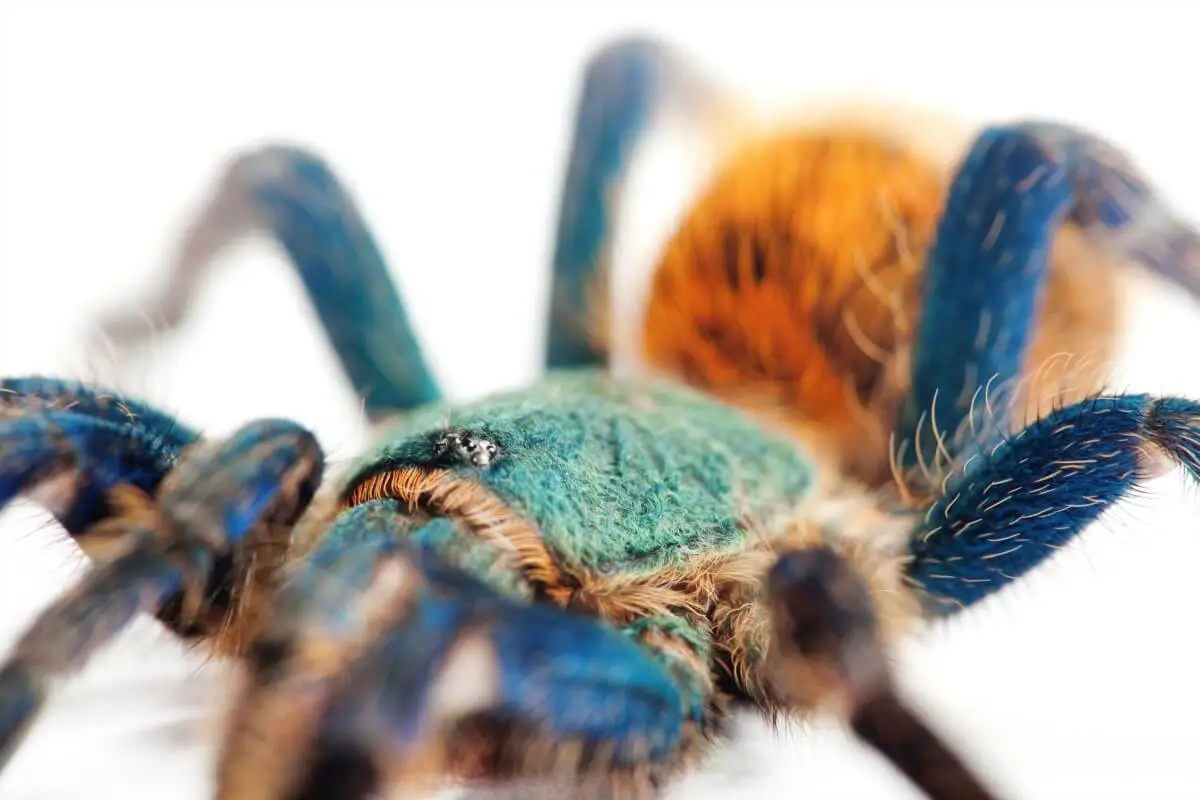
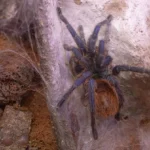
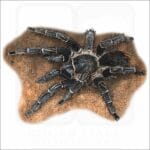
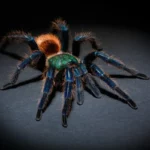
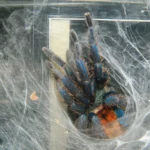
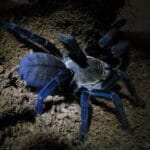











Comments are closed.